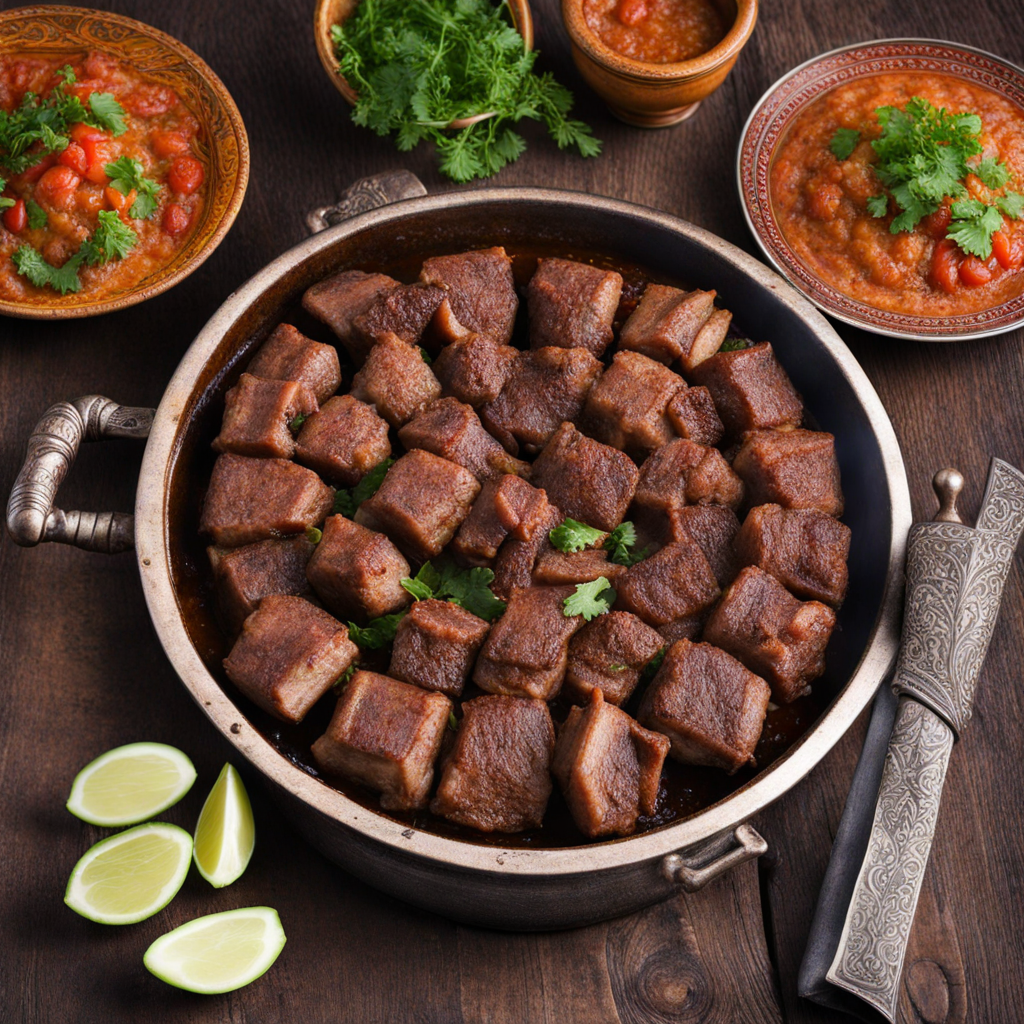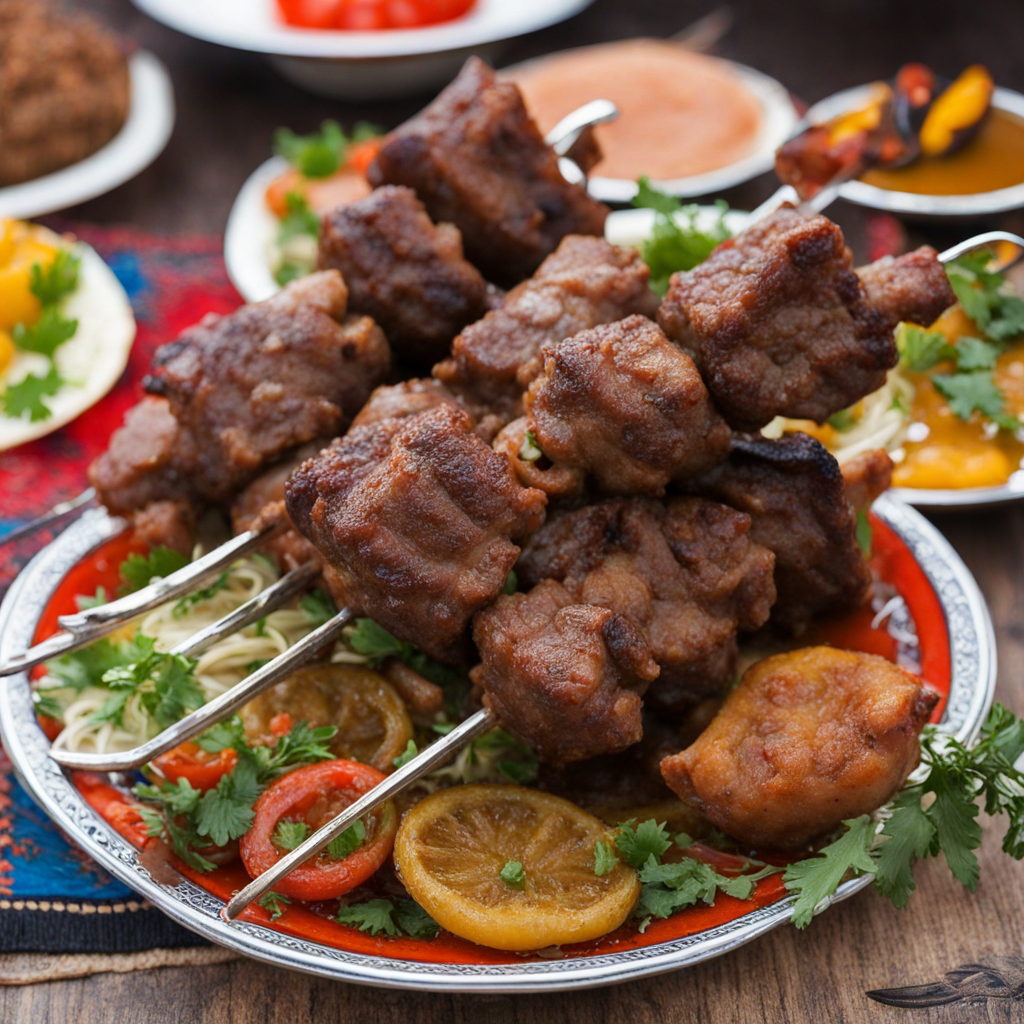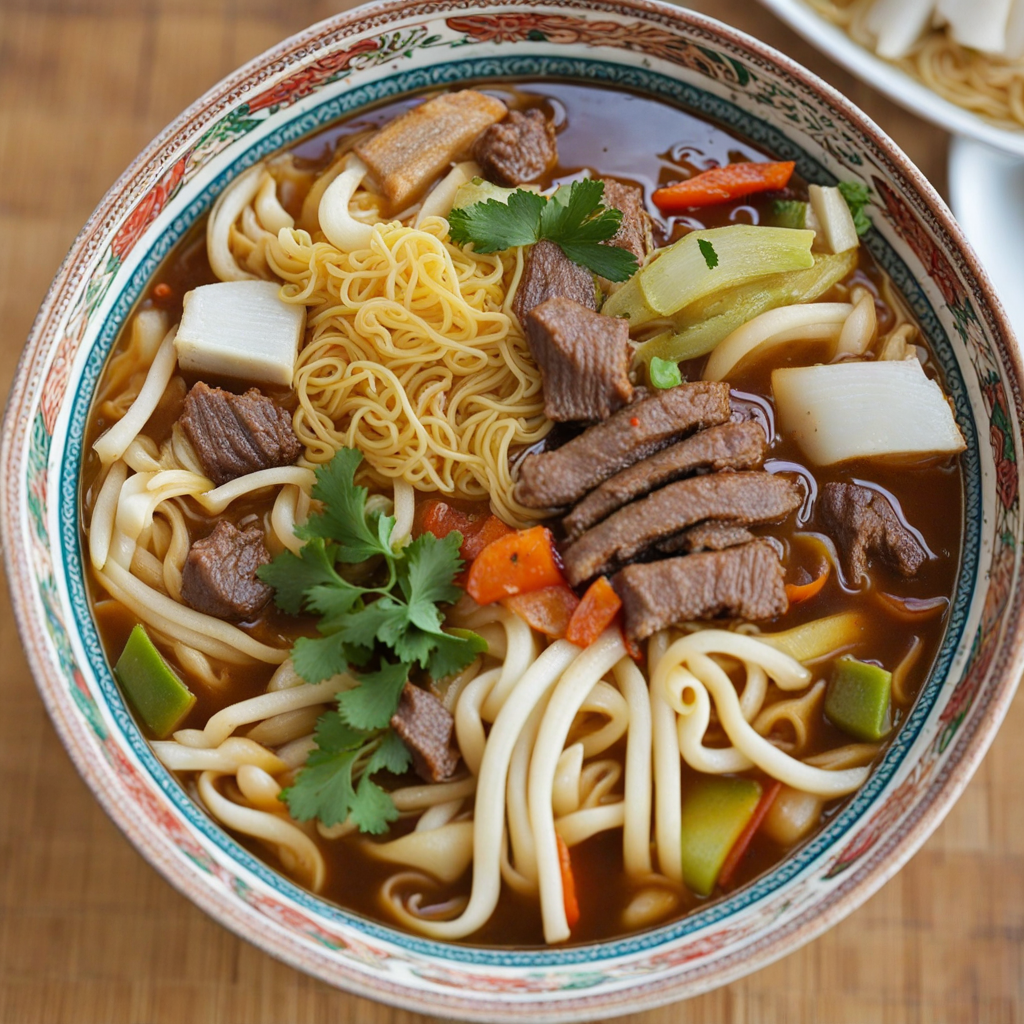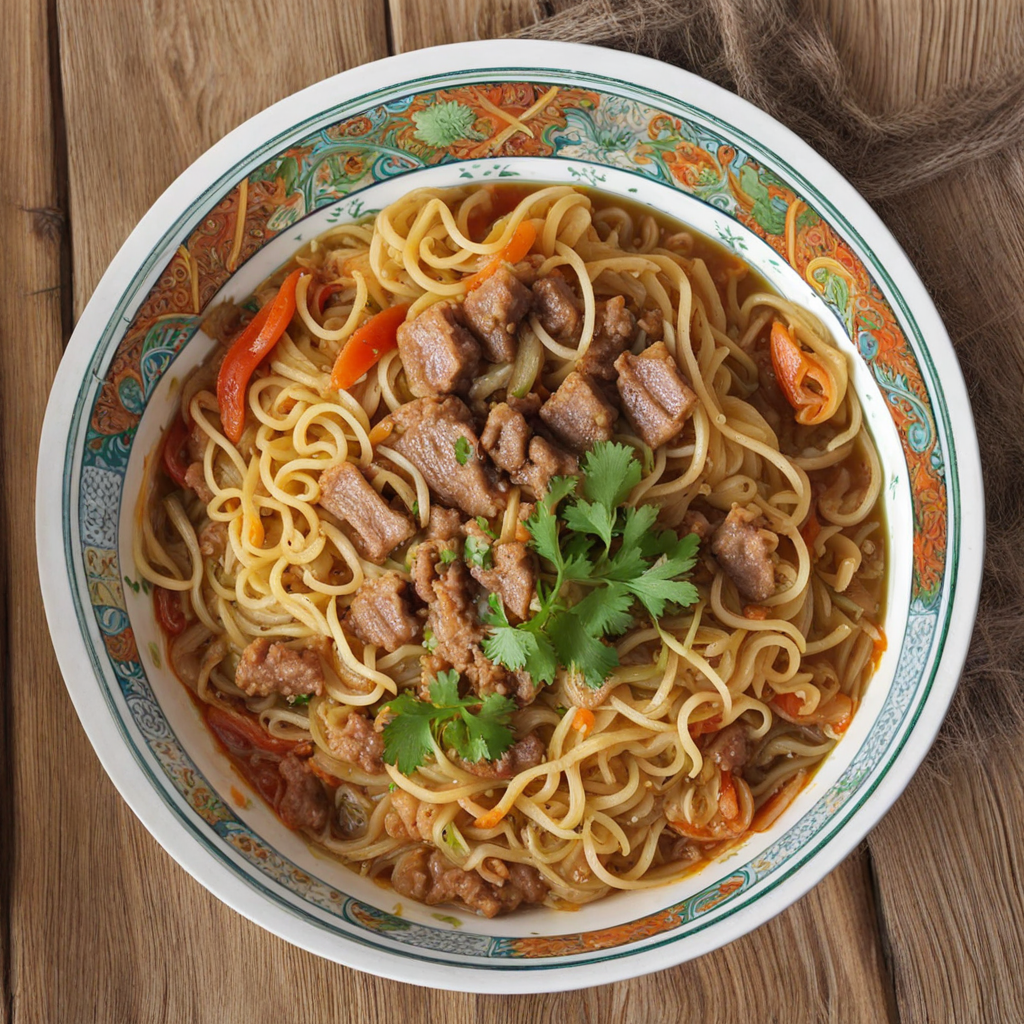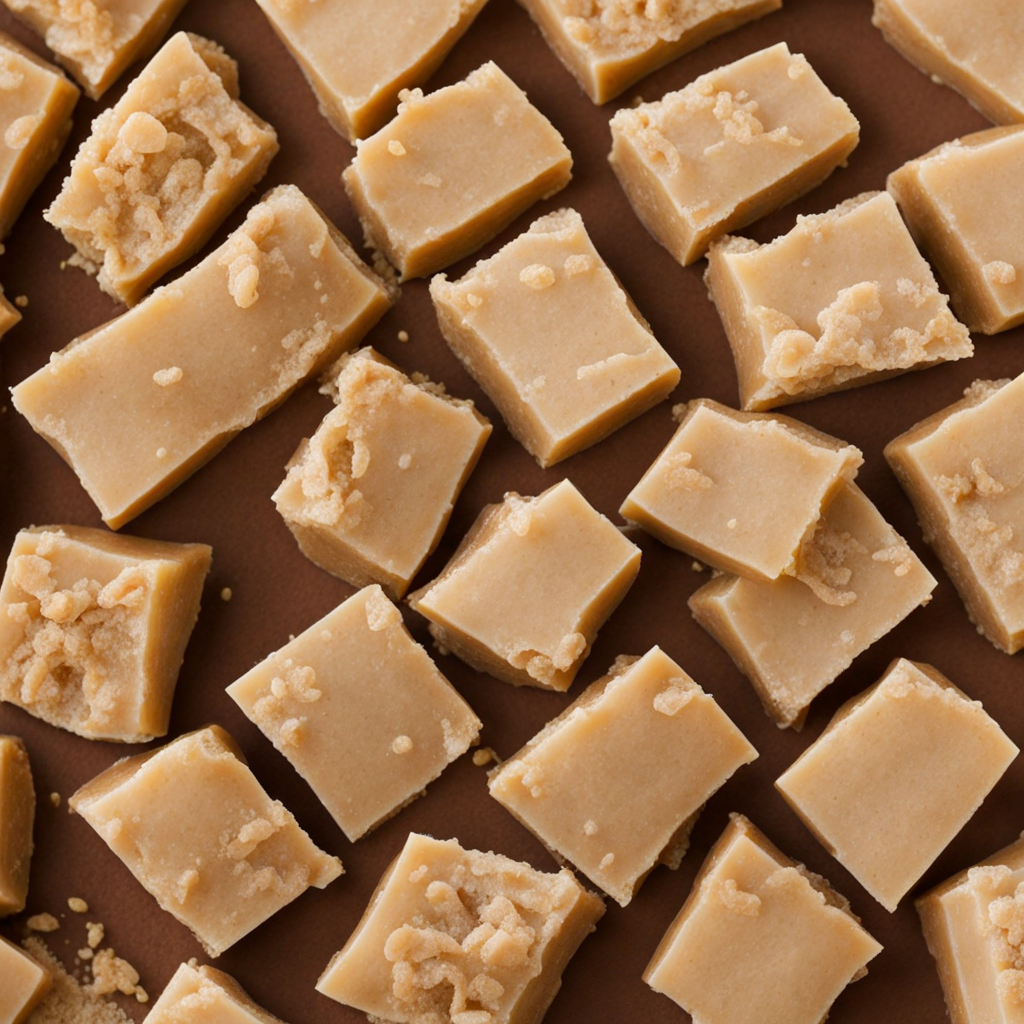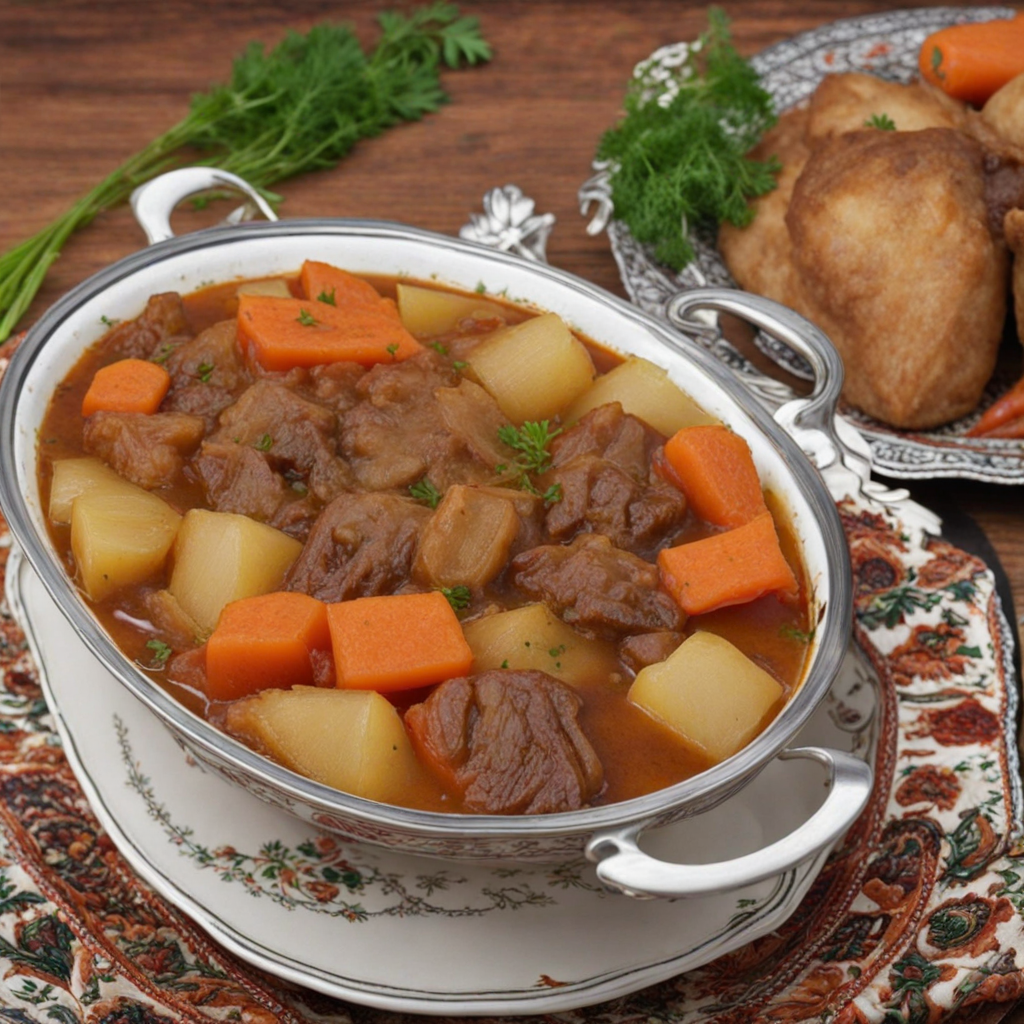Tandir Kabob
Tandir Kabob is a traditional Uzbek dish that showcases the rich culinary heritage of Uzbekistan, characterized by its savory flavors and unique cooking method. This mouth-watering kabob is typically prepared using marinated chunks of meat, often lamb or beef, which are seasoned with a blend of spices such as cumin, coriander, and garlic. The key to its delicious taste lies in the marination process, where the meat is allowed to soak up the flavors for several hours, resulting in tender and juicy morsels that are full of aromatic goodness. What sets Tandir Kabob apart is the way it is cooked—traditionally in a tandir, a clay oven that provides a distinct smoky flavor and even heat distribution. The meat is skewered and placed inside the tandir, allowing it to roast slowly, which helps retain moisture and enhances the natural flavors. The cooking process gives the kabob a beautifully charred exterior while keeping the inside delectably succulent. Served with fresh flatbread, salads, or grilled vegetables, Tandir Kabob is not just a meal; it’s an experience that embodies the essence of Uzbek hospitality. The presentation of Tandir Kabob is equally appealing, often garnished with fresh herbs like cilantro and served alongside tangy sauces that complement the meat's rich flavors. The aroma wafting from the tandir is enough to whet anyone's appetite, and the first bite reveals a delightful explosion of spices and textures. Whether enjoyed at a lively family gathering or a festive occasion, Tandir Kabob offers a taste of Uzbekistan that is sure to leave a lasting impression on anyone eager to explore new culinary delights.
How It Became This Dish
The Journey of Тандир Кабоб: A Culinary Treasure from Uzbekistan #### Origins: The Birth of Тандир Кабоб Тандир Кабоб, a dish emblematic of Uzbek cuisine, has its roots deeply embedded in the history and culture of Central Asia. The term "тандир" (tandir) refers to a traditional clay oven, which has been used for thousands of years across various cultures, particularly in the Middle East and South Asia. The use of the tandir for cooking dates back to ancient civilizations, where it served not only as an oven but also as a communal gathering point. The earliest evidence of tandir ovens can be traced back to the ancient Sumerians, around 4000 BCE, with similar designs appearing in various regions, including Persia and the Indus Valley. The tandir became particularly prominent in the nomadic cultures of Central Asia, where it offered a practical and efficient means of cooking meat and bread over open flames. In Uzbekistan, the tandir evolved into a cultural icon, and Тандир Кабоб emerged as a beloved dish, celebrated for its unique flavors and communal nature. #### Cultural Significance: More Than Just a Meal Тандир Кабоб is not merely a dish; it represents the essence of Uzbek hospitality and tradition. In Uzbek culture, sharing food is an integral part of social life, and Тандир Кабоб often plays a central role during gatherings, celebrations, and family feasts. The process of preparing Тандир Кабоб is as significant as the dish itself, often involving family members coming together to marinate the meat, prepare the tandir, and enjoy the cooking process. The dish typically features marinated pieces of lamb or beef, seasoned with a blend of spices such as cumin, coriander, and black pepper. The meat is skewered and cooked in the tandir, which imparts a distinctive smoky flavor. The communal aspect of Тандир Кабоб preparation fosters a sense of togetherness, as friends and family members gather around the tandir, sharing stories and laughter while waiting for the meat to cook. Moreover, the tandir itself is a symbol of cultural heritage, representing a time when food was prepared with patience and care. The act of cooking in a tandir is considered an art form, requiring skill and understanding of fire and timing. This culinary tradition has been passed down through generations, embodying the spirit of resilience and creativity that defines Uzbek culture. #### Development Over Time: From Tradition to Modernity As Uzbekistan's history has evolved, so too has Тандир Кабоб. The Silk Road, which traversed Central Asia, facilitated cultural exchanges that influenced Uzbekistan's culinary landscape. As traders and travelers passed through, they brought with them new spices, cooking techniques, and ideas that gradually seeped into local cuisine. The incorporation of various flavors enriched the traditional Тандир Кабоб, making it a dish that reflects the diverse influences of the region. In the late 20th century, Uzbekistan gained independence from the Soviet Union, which led to a resurgence of national identity and pride in traditional foods. Тандир Кабоб, with its deep-rooted cultural significance, found renewed appreciation. Local chefs began to experiment with different meats, marinades, and side dishes, showcasing the versatility of the dish while honoring its traditional roots. Additionally, the rise of global interest in ethnic cuisines has placed Тандир Кабоб in the spotlight. As Uzbek restaurants began to appear in major cities around the world, the dish gained international recognition. Food enthusiasts and chefs alike have embraced Тандир Кабоб, introducing it to new audiences and inspiring variations that blend traditional techniques with contemporary culinary trends. #### The Modern Tандир: Innovations and Variations Today, Тандир Кабоб is celebrated not only in Uzbekistan but also in various parts of the world where Uzbek communities have settled. Modern adaptations of the dish have emerged, incorporating different types of meat such as chicken or fish and even vegetarian options for those who prefer plant-based diets. Chefs have begun to highlight the importance of sourcing high-quality, local ingredients, leading to a greater emphasis on sustainability and ethical cooking practices. Furthermore, the tandir itself has seen innovations. While traditional clay ovens are still prevalent, portable versions and electric tandirs have made it easier for people to enjoy this iconic dish at home. This accessibility has allowed the flavors of Тандир Кабоб to reach an even wider audience, encouraging home cooks to experiment with their own recipes and share them within their communities. In Uzbekistan, Тандир Кабоб remains a staple at weddings, holidays, and significant life events, symbolizing abundance and good fortune. The dish is often served with traditional accompaniments such as pilaf, fresh salads, and bread, creating a feast that showcases the richness of Uzbek culinary heritage. #### Conclusion: A Dish That Unites Тандир Кабоб stands as a testament to the enduring nature of culinary traditions and their ability to adapt and thrive through time. From its ancient origins in the tandir ovens of Central Asia to its contemporary interpretations around the globe, Тандир Кабоб is more than just food; it is a story of culture, community, and resilience. As the world continues to embrace diverse culinary traditions, Тандир Кабоб serves as a delicious reminder of the bonds that food can create, transcending borders and bringing people together around a shared table. Whether enjoyed at a family gathering in Uzbekistan or a trendy restaurant in New York City, the flavors of Тандир Кабоб will always evoke the warmth of home and the richness of a culture that values togetherness, tradition, and the art of cooking.
You may like
Discover local flavors from Uzbekistan


